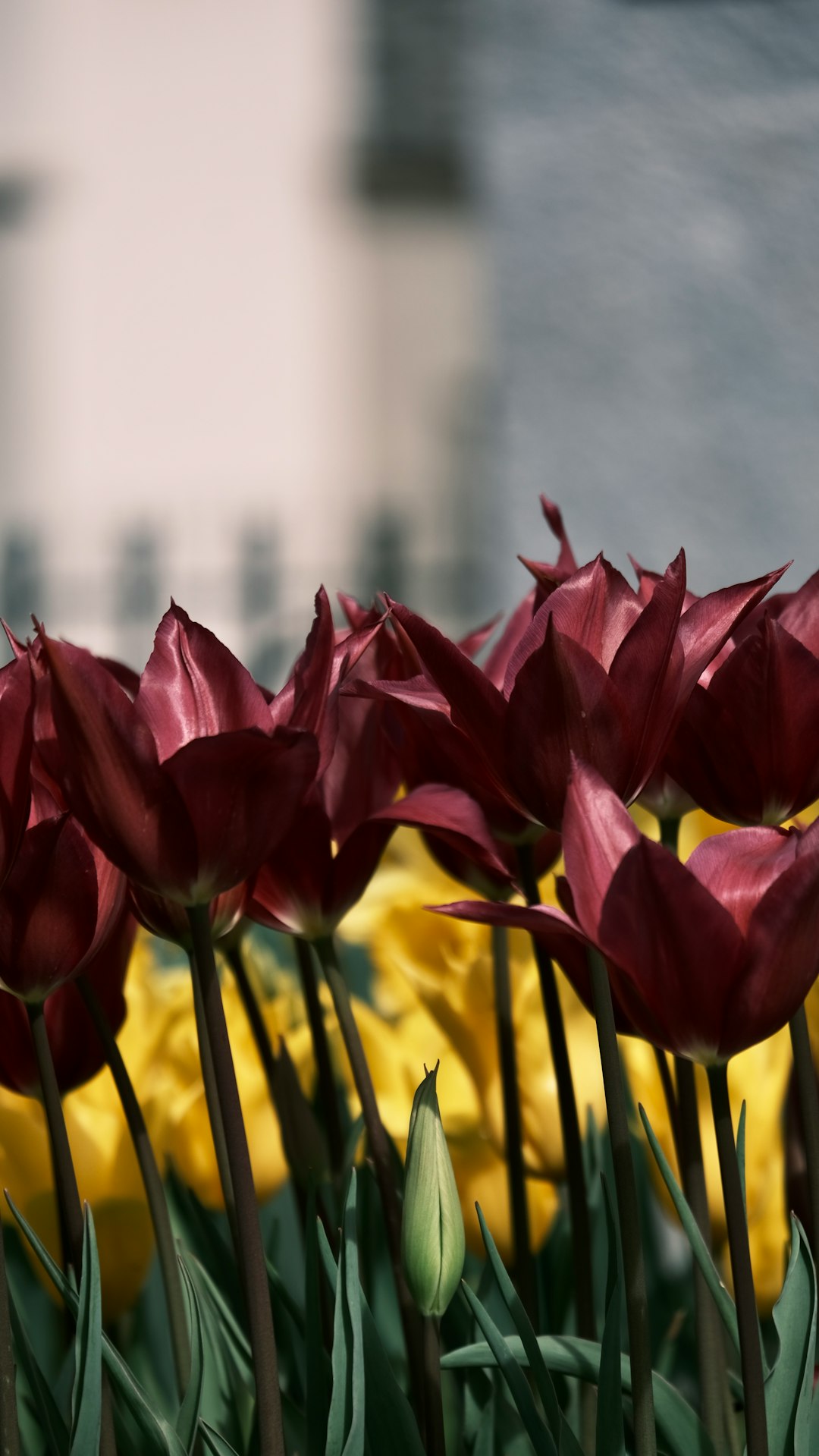Unveiling the Magic: Attracting Hummingbird Moths to Your Garden

Hummingbird moths, those enchanting creatures that flit around gardens like tiny, winged fairies, are a delight to behold. Their resemblance to hummingbirds, with their rapid wingbeats and hovering flight, makes them a fascinating addition to any garden. In this article, we'll explore the world of hummingbird moths and discover how you can attract these beautiful insects to your own outdoor space.
### Understanding Hummingbird Moths
Hummingbird moths belong to the Sphingidae family, which includes hawk moths and sphinx moths. There are several species of hummingbird moths, but the most common ones in North America are the clearwing hummingbird moth and the snowberry clearwing. These moths are typically active during the day, especially in the early morning and late afternoon when the sun is not too intense.
One of the most remarkable features of hummingbird moths is their ability to hover in mid - air, just like hummingbirds. They use their long proboscis to sip nectar from flowers, much like their avian counterparts. Their body shape and coloration also contribute to their resemblance to hummingbirds, with some species having a furry body and a long, tapered tail.
### Why Attract Hummingbird Moths?
Attracting hummingbird moths to your garden has several benefits. Firstly, they are excellent pollinators. As they move from flower to flower in search of nectar, they transfer pollen, helping plants to reproduce. This can lead to a more abundant and diverse garden. Secondly, they add a touch of magic and wonder to your outdoor space. Watching these tiny moths flit around your flowers is a truly captivating experience that can bring joy to both children and adults alike.
### Creating a Hummingbird Moth - Friendly Garden
Choose the Right Flowers
The key to attracting hummingbird moths is to provide them with a source of nectar. These moths are attracted to a variety of flowers, especially those with tubular shapes that are rich in nectar. Some of the best flowers to plant include:
- Petunias: These colorful flowers come in a wide range of colors and are a favorite of hummingbird moths. They bloom from spring to fall, providing a long - lasting source of nectar.
- Salvia: Salvia plants produce spikes of tubular flowers that are perfect for hummingbird moths. They come in different varieties, including annuals and perennials, and are known for their vibrant colors.
- Phlox: Phlox flowers have a sweet fragrance and are a great source of nectar. They come in both tall and low - growing varieties, making them suitable for different parts of your garden.
- Trumpet Vine: As the name suggests, trumpet vine produces large, trumpet - shaped flowers that are irresistible to hummingbird moths. However, it can be invasive, so make sure to plant it in a controlled area.
Provide Shelter
Hummingbird moths need places to rest and hide during the day. You can create shelter for them by planting shrubs and small trees in your garden. These plants not only provide a safe haven for the moths but also add structure and beauty to your outdoor space. Additionally, you can leave some areas of your garden undisturbed, such as a patch of tall grass or a pile of leaves, where the moths can find shelter.
Use the Right Pesticides
When it comes to pest control in your garden, it's important to be careful with the pesticides you use. Many pesticides can be harmful to hummingbird moths and other beneficial insects. Instead, opt for natural pest control methods, such as companion planting or using insecticidal soaps. These methods are less harmful to the environment and can help you maintain a healthy garden ecosystem.
### Maintaining Your Hummingbird Moth Garden
Once you've created a hummingbird moth - friendly garden, it's important to maintain it properly. Regularly water your plants to keep the soil moist, especially during dry periods. Deadhead spent flowers to encourage new growth and more blooms. Also, keep an eye out for any signs of pests or diseases and take appropriate action to address them.
In conclusion, attracting hummingbird moths to your garden is a rewarding experience that can enhance the beauty and biodiversity of your outdoor space. By choosing the right flowers, providing shelter, and using the right pest control methods, you can create a haven for these fascinating insects. So, go ahead and start planning your hummingbird moth garden today!